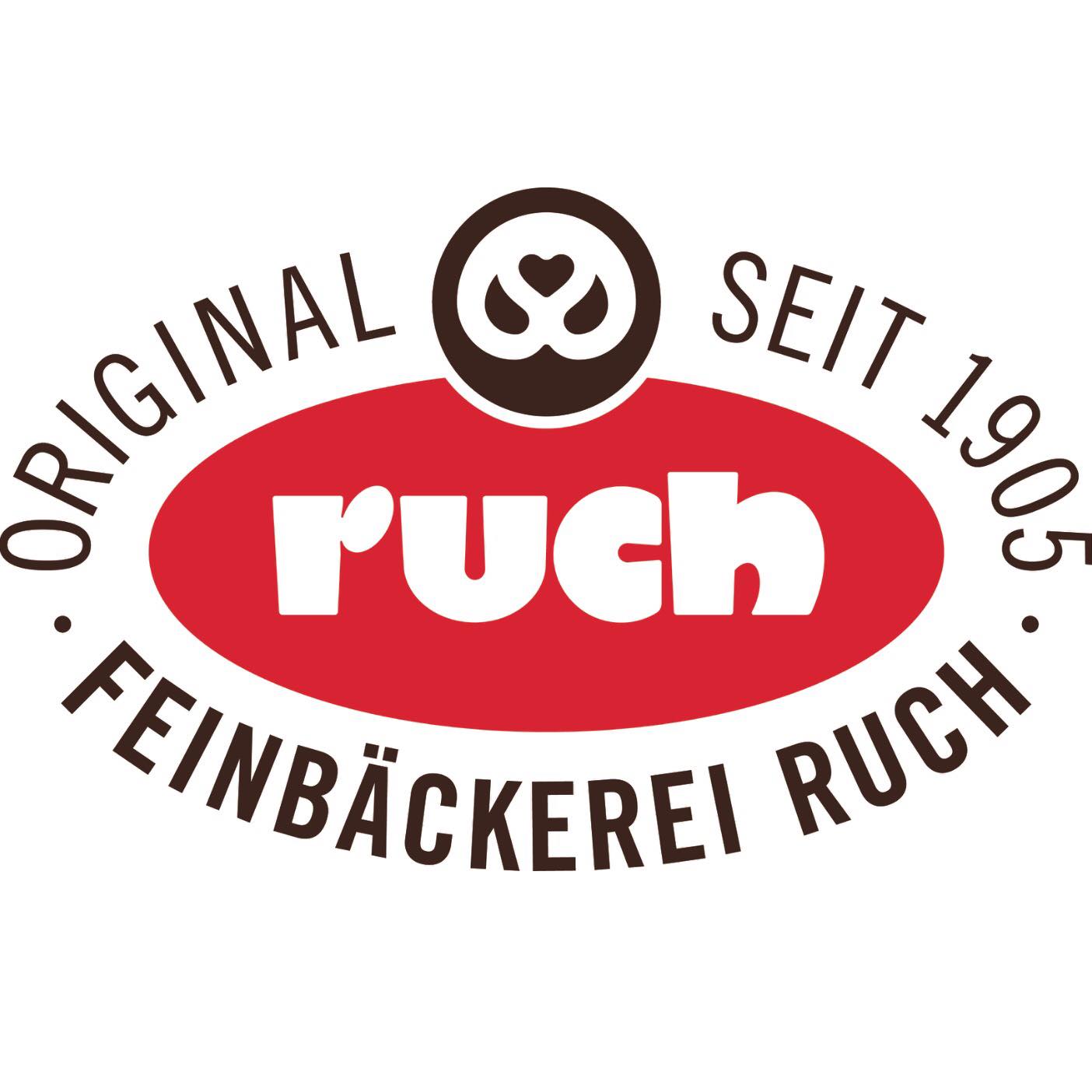What is order optimization?
Order optimization describes the targeted improvement of ordering processes in order to increase efficiency in procurement and reduce costs at the same time. This ensures that a sufficient quantity of goods is available at all times to cover customer requirements - without causing unnecessary excess stock.
How artificial intelligence supports order optimization
In order to achieve order optimization, existing ordering processes and strategies must be analyzed and adapted. Artificial intelligence (AI) offers valuable support here:
- AI can be fed and linked with relevant data in order to derive recommendations for action.
- It creates precise demand forecasts that are used to determine the optimum order quantity at the right time.
- Automated order proposals can be created on the basis of real-time and historical data as well as external influencing factors.
- Automated ordering and warehouse management systems can be used to make order optimization sustainable and dynamic.
Advantages of AI-supported order optimization
The use of AI in order optimization brings companies numerous advantages:
- Increased efficiency thanks to automated processes and less manual intervention
- Cost reduction, as orders are placed in a targeted and demand-oriented manner
- Reduction of food waste because excess stocks are minimized
- Better availability of goods, which leads to higher customer satisfaction.
Request a callback
We will be happy to call you back promptly to talk to you personally









